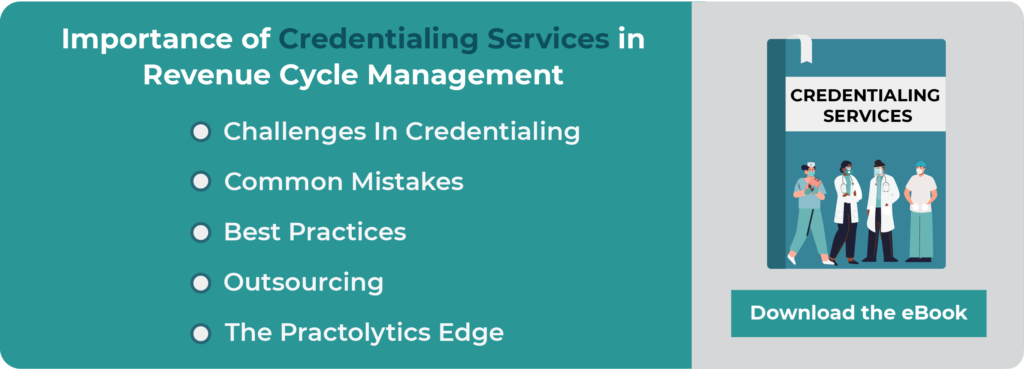ICD-11 Implementation: What Healthcare Providers Need to Know in 2025
ICD-11 Implementation: What Healthcare Providers Need to Know in 2025 goes far beyond basic code updates. ICD-11 is a smarter, more adaptable classification system tailored for today’s healthcare environment. But with its enhanced structure comes added complexity—new coding rules, unfamiliar workflows, and a steeper learning curve for clinical and billing teams. If your EHR isn’t ICD-11-ready or your staff isn’t properly trained, the result could be claim denials, compliance issues, and workflow disruptions. Practolytics makes the transition manageable with expert support, hands-on training, and seamless integration. From stem codes to post-coordination logic, we help you decode ICD-11 and stay compliant. Prepare now—don’t wait for the mandate.
Table of Contents
ICD-11 in 2025 Will Change Healthcare Documentation and Here’s What You Need to Know!
2025 isn’t just another year on the calendar for healthcare providers—it’s the year that ICD-11 officially steps into clinical workflows across the United States. While the buzz around ICD-11 has been going on for years, its real-world implementation is finally knocking on your door. And unlike ICD-10, which felt like a forced marathon for many practices, ICD-11 brings a more dynamic, digital-native experience—but only if you know how to prepare.
At Practolytics, we’re already seeing providers scramble to adapt. Let’s talk about what this change really means for your practice.
ICD-11 Isn’t a Code Update—It’s a Coding Evolution!
ICD-11 isn’t just an “upgrade” from ICD-10. It’s a reimagined structure with a smarter, more flexible design. The World Health Organization (WHO) spent over a decade developing it with input from 90+ countries. But it’s not just global consensus that makes ICD-11 powerful—it’s the fact that it’s digital-first and built for the way modern healthcare functions today.
Let’s break this down:
|
Aspect |
ICD-10 |
ICD-11 Transformation |
|
Code Volume & Specificity |
~14,000 codes, often generalized and rigid. |
55,000+ codes with flexible combinations for depth, precision, and better clinical relevance. |
|
Code Structure |
Static, single-code format. |
Modular with stem + extension codes for layered detail (severity, laterality, cause, etc.). |
|
Digital Integration |
Built for paper/manual use. |
Cloud-ready, API-accessible, designed for seamless EHR integration and real-time updates. |
|
Clinical Accuracy |
Limited representation of complex or rare conditions. |
Aligns with real-world clinical language and includes rare diseases and genetic classifications. |
|
Search & Usability |
Manual search with static tools. |
Smart search with intuitive browser and coding tools for speed and accuracy. |
|
Global Compatibility |
Country-specific adaptations (e.g., ICD-10-CM). |
Truly global standard, available in 40+ languages, used in 170+ countries. |
|
Analytics & AI Support |
Basic structure limits use in big data or AI. |
Built for advanced analytics, AI applications, and semantic interoperability. |
|
Update Cycle |
Infrequent, manual updates. |
Dynamic and continuously updated through WHO’s digital platforms. |
|
Reimbursement Support |
Prone to undercoding and overcoding issues. |
Improved accuracy in coding leads to fewer denials and better payment justification. |
The result? More precise diagnoses, better patient records, and improved data sharing across systems. But it also means more complexity for providers and billing teams.
Why ICD-11 May Feel Intimidating (And Why That’s Okay)?
Here’s the truth—ICD-11 isn’t plug-and-play. Its smart medical coding logic and extension capabilities sound great in theory, but in practice, they demand a solid understanding of terminology clusters, post-coordination, and code linking. For specialties like neurology, oncology, and orthopedics, this new structure can quickly become overwhelming.
ICD-11 uses stem codes as the foundation and then lets you add extension codes to describe severity, location, cause, and other specifics. It’s like building your own coding puzzle for each patient encounter. While this helps with clinical accuracy, it creates a significant learning curve for medical coders and physicians.
Clock Is Ticking: Training Isn’t Optional Anymore!
As of early 2025, CMS and commercial payers are piloting ICD-11 integration into billing systems. Some large payers already support limited ICD-11 submission in parallel to ICD-10. The writing is on the wall: full-scale payer compliance will become mandatory sooner than you expect.
A recent survey by AHIMA found that nearly 64% of health organizations haven’t begun formal ICD-11 training yet, and only 18% feel confident in their current understanding of the structure. That means most of the industry is behind—and racing to catch up.
Practolytics recommends building internal capacity now. This includes educating physicians on post-coordination logic, upgrading EHR systems to accommodate extension code sets, and ensuring your billing software is ready for dual-code compatibility during the transition phase.
What ICD-11 Means for Revenue Cycle Management?
Let’s be clear—ICD-11 can drastically improve reimbursement accuracy if used correctly. But until your staff is fluent in the language of ICD-11, you risk delayed payments, increased claim rejections, and compliance gaps.
Incorrect stem code usage or failing to link required extension codes can trigger payer denials, audits, or even recoupments. We’ve seen practices lose thousands per month just because their EHR wasn’t properly configured for ICD-11 field mapping. It’s not just a coding issue—it’s a revenue risk.
Practolytics helps practices in 31 states streamline this transition by aligning coding logic with documentation protocols. We’ve already integrated ICD-11 code training into our billing workflows and trained our 1400+ providers on recognizing risk areas before claims go out the door.
Real-World Challenges You’ll Face—and How to Stay Ahead?
ICD-11 isn’t just a coding task; it’s an operational shift. Documentation templates will need to change. EHR vendors may require customization. Medical assistants and front-desk teams will need training on new intake protocols. And claim edits and rejections will increase if you’re not ready.
It’s also important to note that ICD-11 supports global health analytics and AI-driven predictions—but your systems need to be interoperable and standardized. That’s not something you can DIY over a weekend. Transitioning without expert help isn’t just hard—it’s costly.
Don’t Go It Alone: Let the Experts Handle the Heavy Lifting!
ICD-11 is complex, but you don’t have to face it solo. If your team is already stretched thin, outsourcing your medical billing and coding to a partner like Practolytics can give you an edge. Our experts stay ahead of regulatory shifts, code logic changes, and payer expectations—so you don’t have to.
We’ve processed over 5 million claims annually, and our 100% HIPAA-compliant services are trusted by multi-specialty practices nationwide. Whether you’re in dermatology, cardiology, or bariatrics, we’ll help you stay compliant, get paid faster, and transition smoothly to ICD-11 without slowing down patient care.
Let’s Talk ICD-11 Strategy, Not Just Codes!!!
The ICD-11 transition isn’t just about adapting to a new coding system—it’s about future-proofing your practice. With Practolytics by your side, you can turn this regulatory shift into a competitive advantage. Let’s build smarter systems, streamline documentation, and maximize reimbursement—together.
ALSO READ – Ready to Level Up? It Starts with Your Credentials






